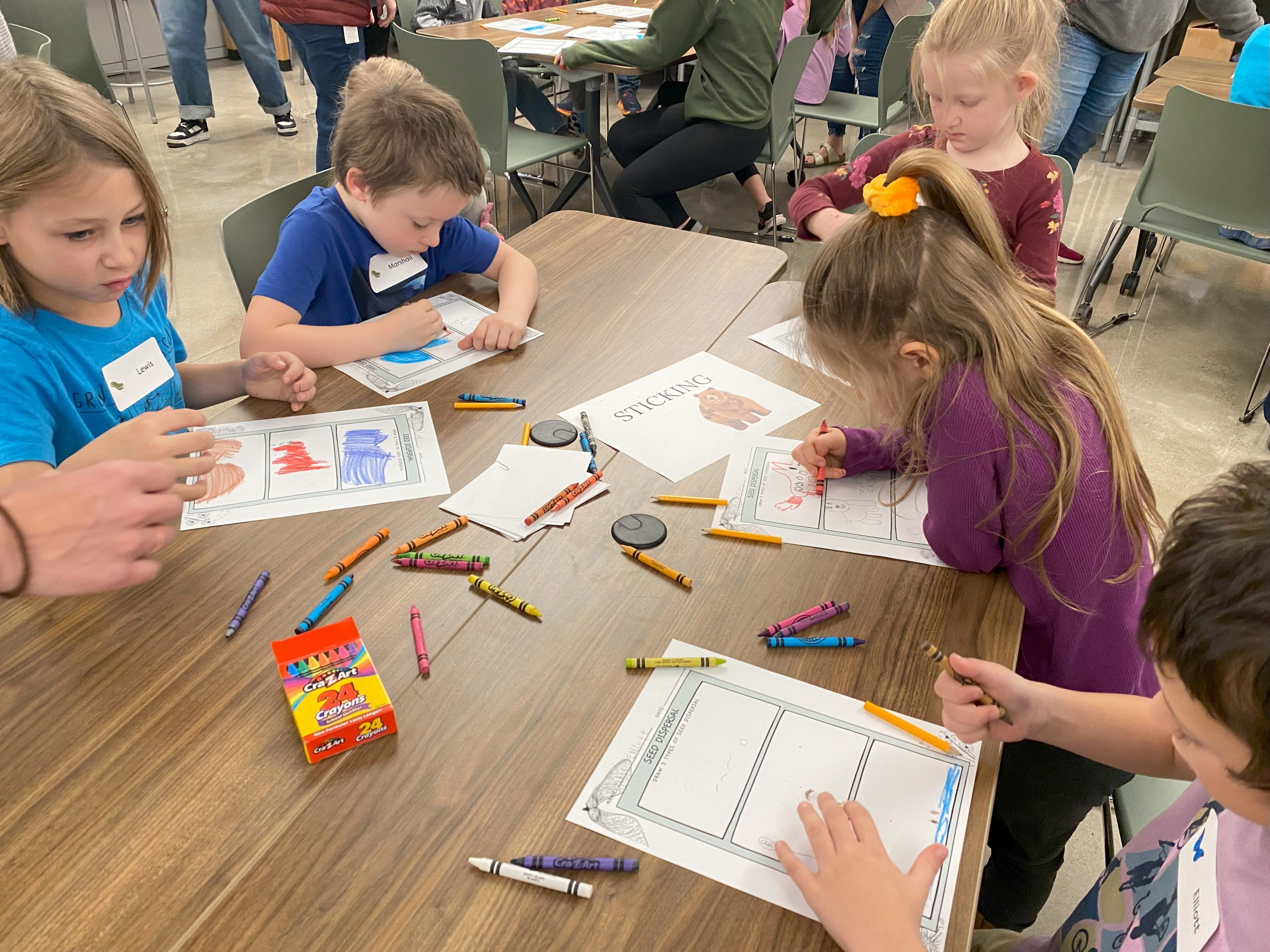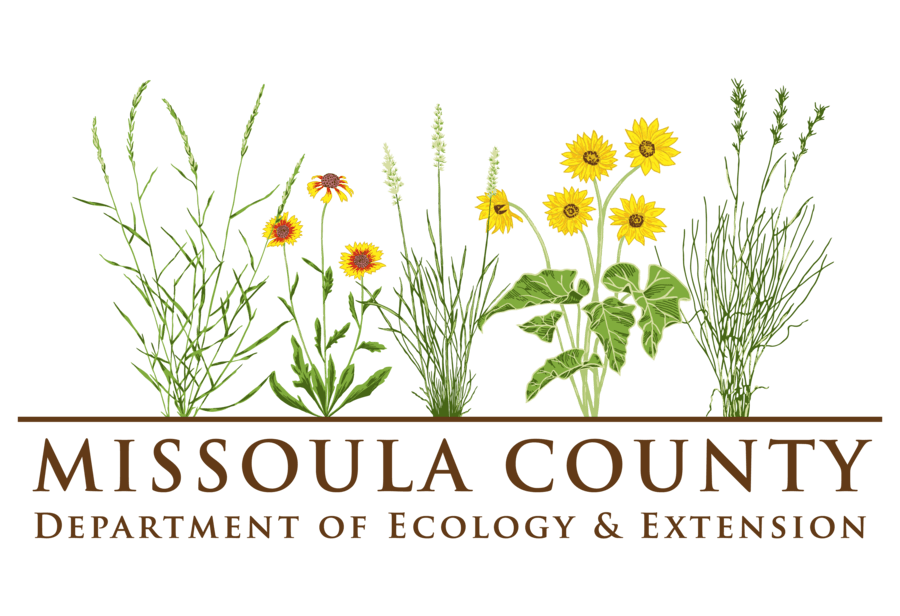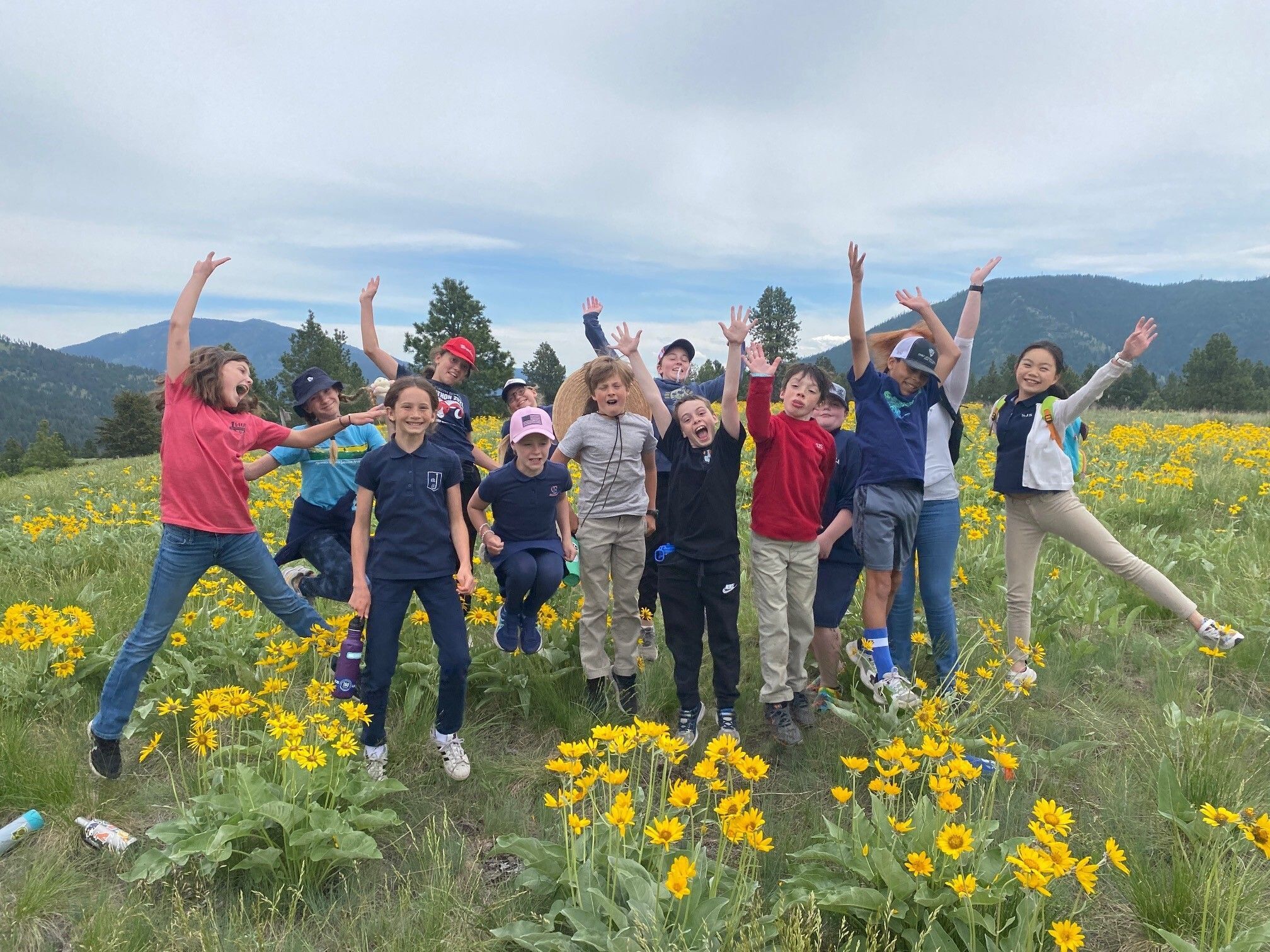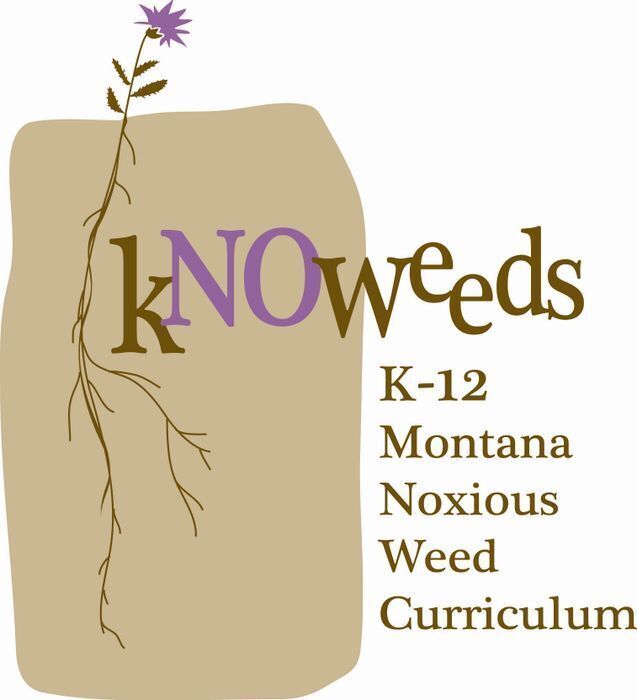Leave No Weeds
The Leave No Weeds program emphasizes the importance of healthy plant communities and the problems associated with the invasion of noxious weeds into these systems. Leave No Weeds highlights the environmental effects, control, and managements of noxious weeds with an emphasis on integrated weed management concepts. This educational program is sponsored by city, county, state, and federal land management agencies.
The Leave No Weeds program consists of an hour long classroom presentation followed by a hands-on fieldtrip to a local open space, typically Mt. Jumbo for Missoula students, or a nearby natural space for the rural schools. This program in Missoula County is targeted for a 5th grade audience.
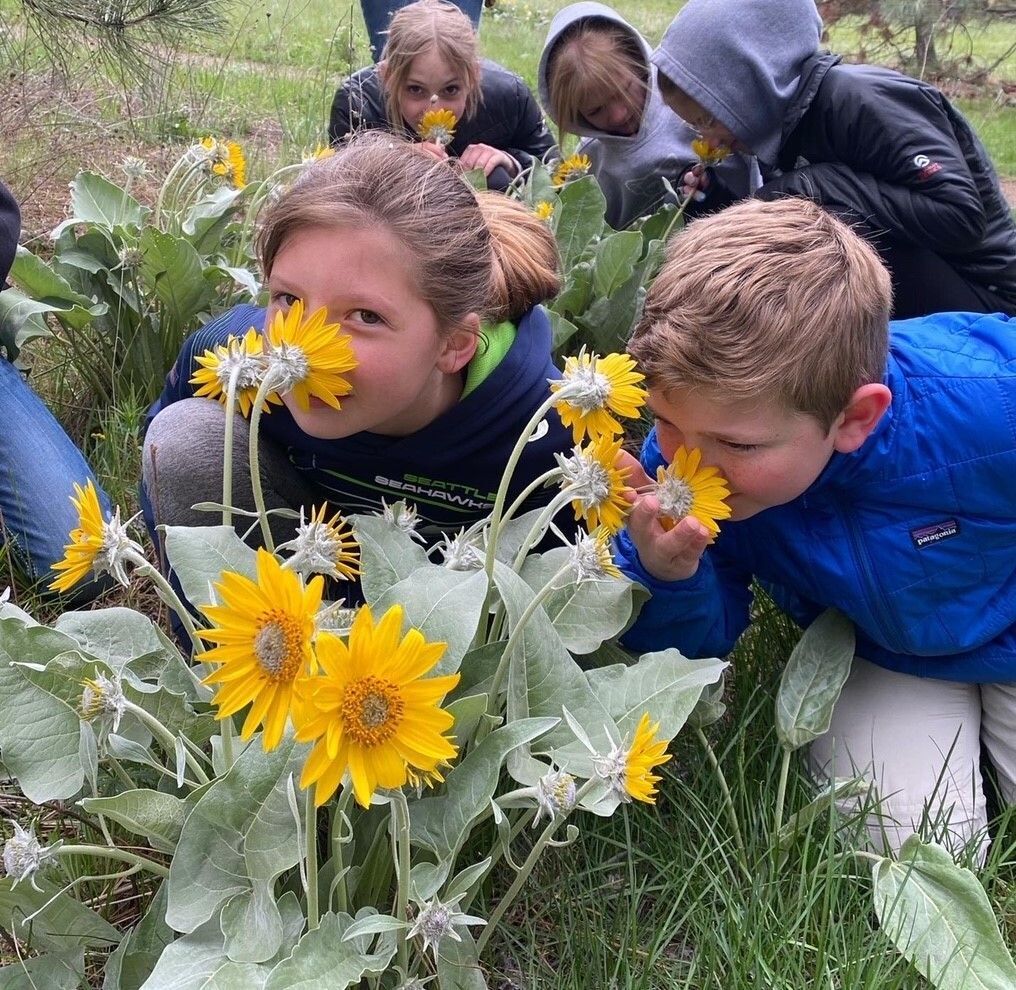
Program Objectives
The Missoula County Weed District offer the Leave No Weeds program as a free service to all interested school districts. Students not only learn to identify native plants vs. noxious weeds but get their hands dirty pulling weeds, observing bio-control in action and reseeding with native seed mixes. This program gets students outside, introduces them to local ecosystems, teaches students plant identification skills and integrated weed management practices, as well as, the importance of participating in stewardship projects.
Funding for bus transportation is available!
Purpose of Plants
Purpose of Plants program promotes and fosters our enthusiasm for plants. During this program students will participate in classroom activities that emphasize the significance of plants in everyday life, learn/review the parts of plants, and engage in connecting the importance of native plants and native pollinator interactions through focusing on their structures and functions. The Purpose of Plants program is designed to be interactive, with hands-on activities, all materials are provided by the Department of Ecology.
This program was developed for a 2nd-grade audience, but not limited to that.
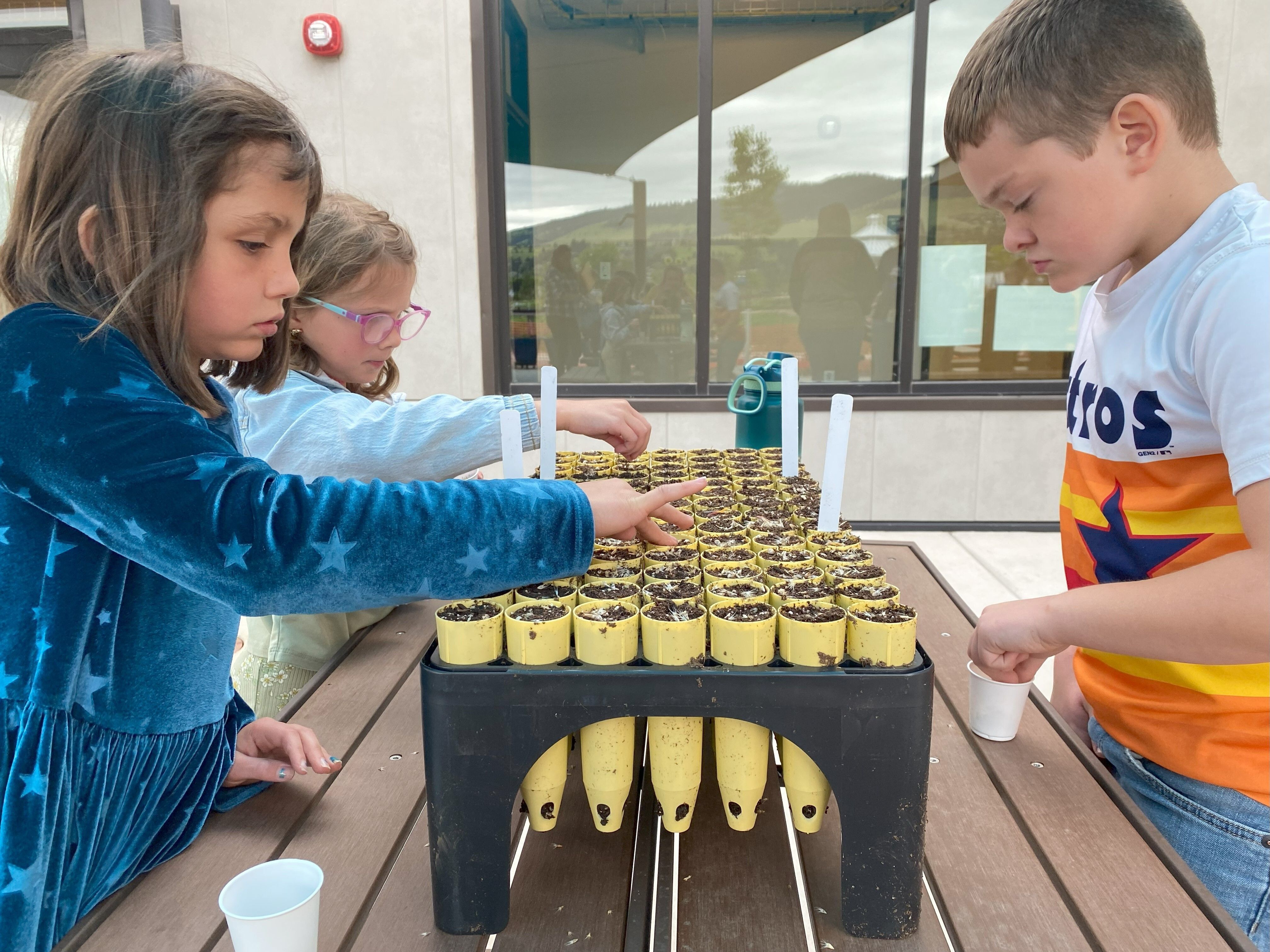
Nature's Travelers
Exploring the Wonders of Seed Dispersal
Nature's Travelers is an engaging program designed for 1st and 2nd graders to explore the fascinating world of seed dispersal and biomimicry. Through hands-on activities, young learners will discover how plants survive by spreading their seeds in various ways—using the wind, water, animals, and more. Students will then apply these natural strategies to design and build their own seed dispersal mechanisms. They'll have the chance to test their inventions, learning how nature inspires human innovation. This fun and educational experience fosters creativity and a deeper understanding of the vital role seed dispersal plays in the survival and movement of plants.
